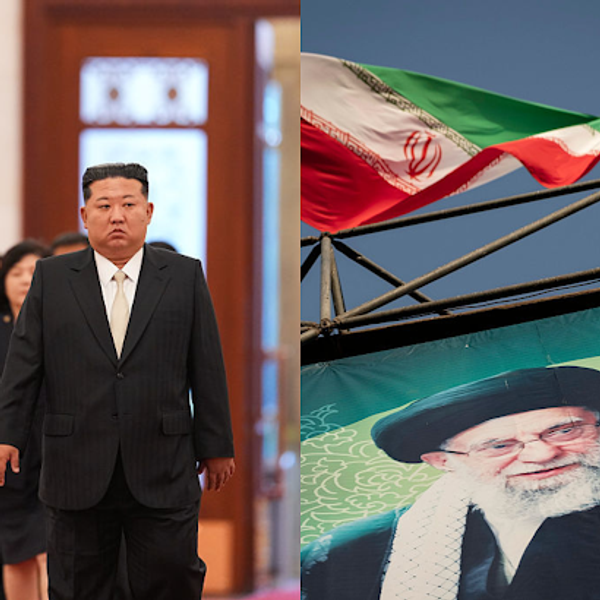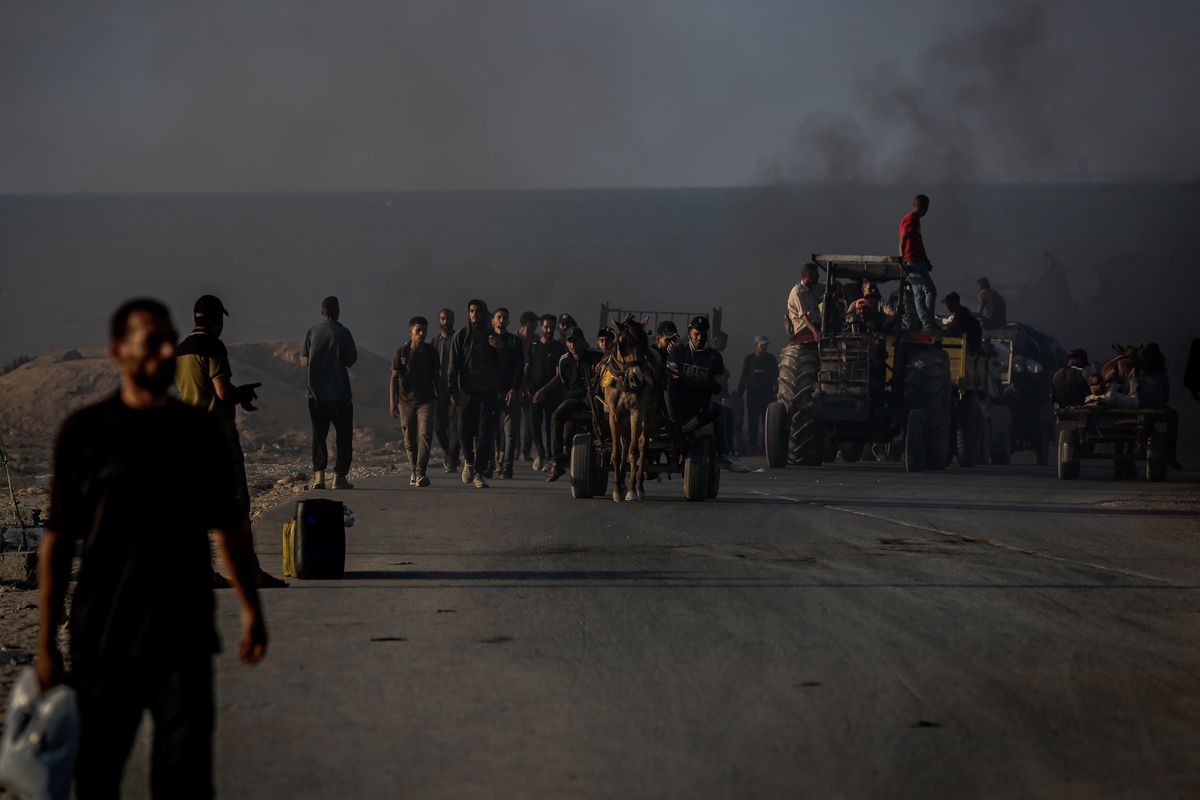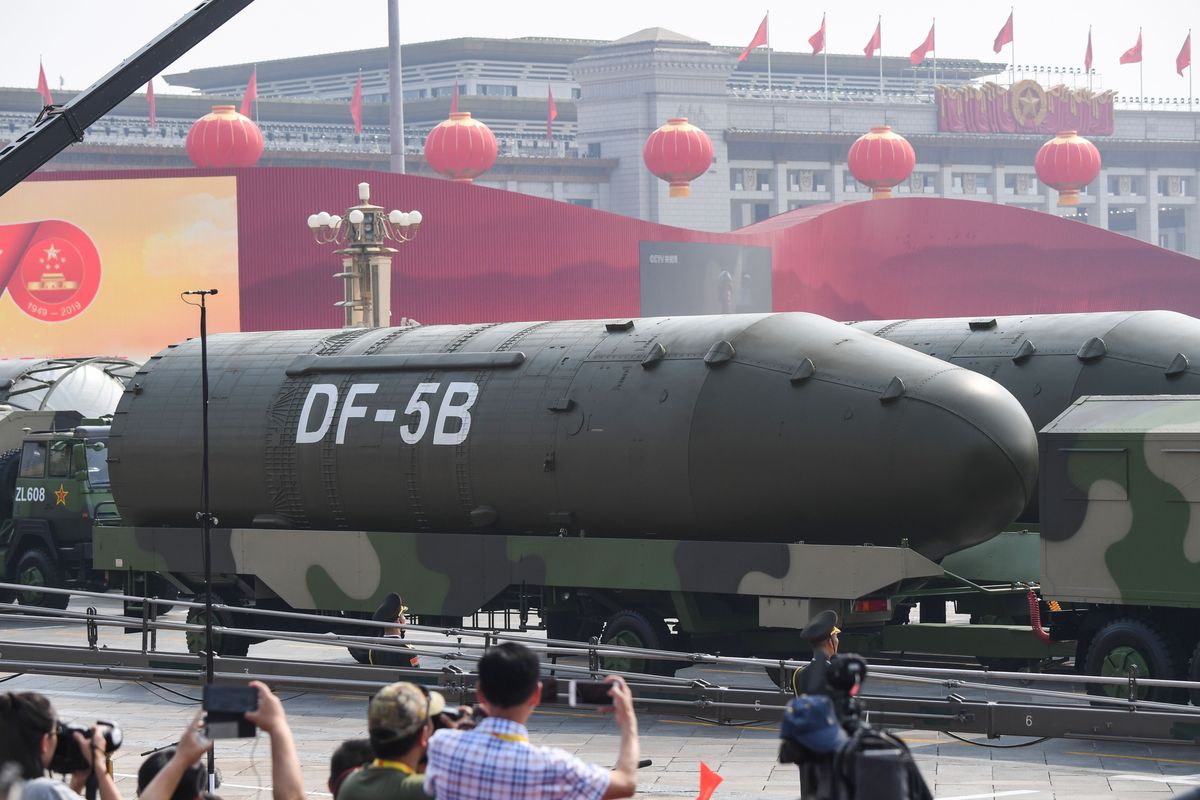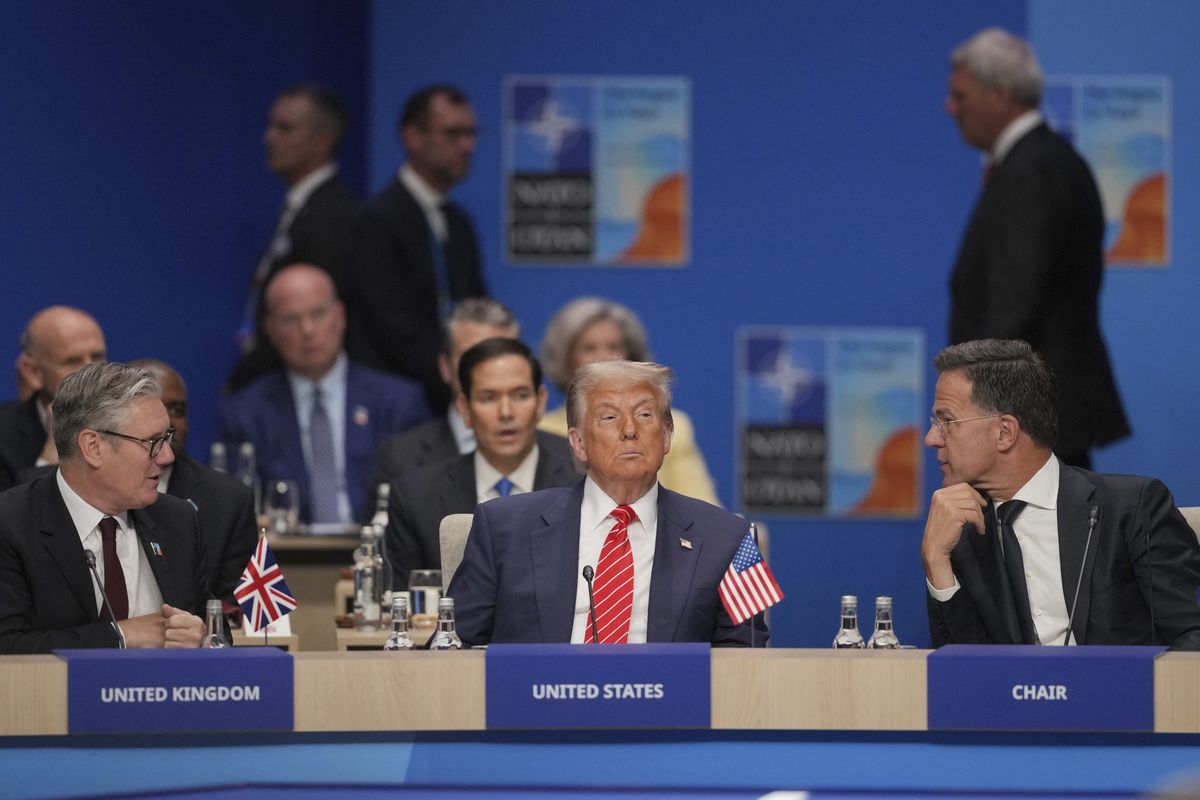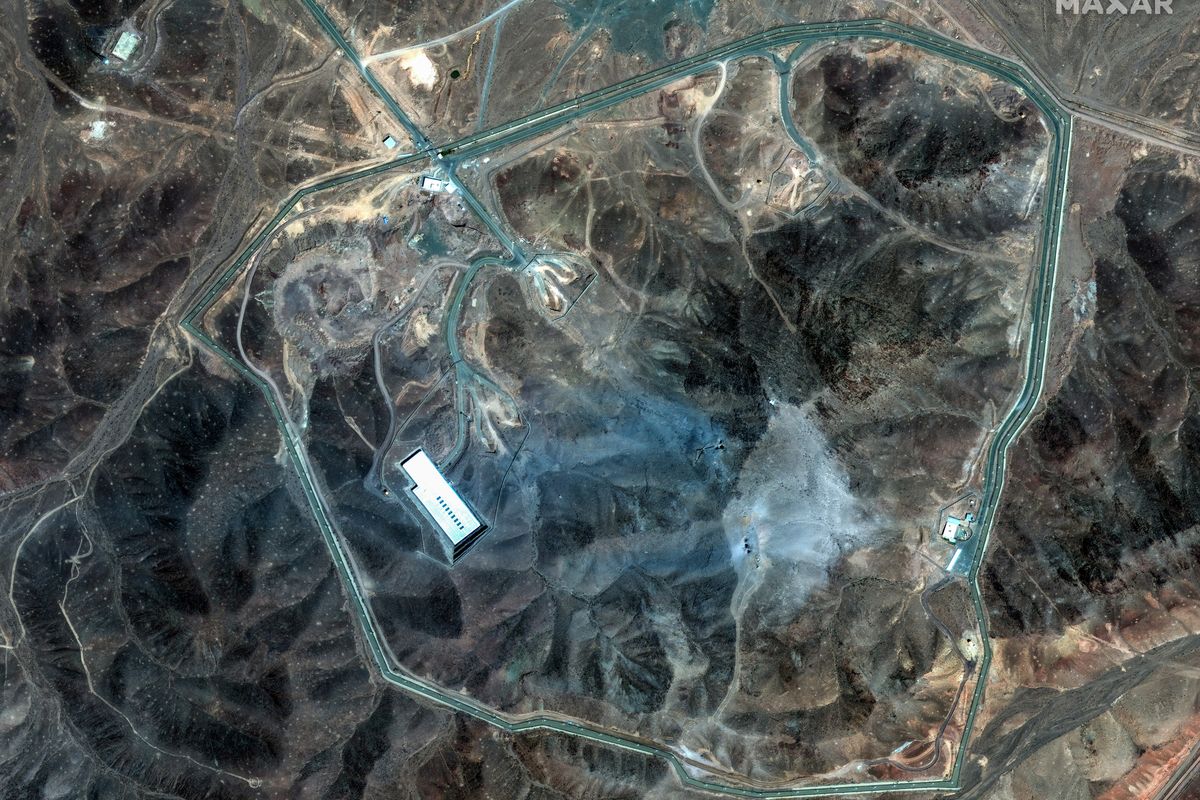The next president, Hillary Clinton or Donald Trump, will have to make hard decisions about whether to go ahead with the current, enormously costly, U.S. nuclear weapons modernization plan, though neither has spoken about it, nor have they been seriously questioned about it.
It may be just too complex for a presidential campaign, but it will be one of the first serious policy and budget decisions that the new president will face after taking office.
Ben Rhodes, President Barack Obama’s Deputy National Security Adviser for Strategic Communications, told a June 6 meeting of the Arms Control Association, “The question…is simply whether or not the scale of the plan fits into the long-term budgetary picture.”
Building a new fleet of strategic submarines, new strategic bombers, and new land-based intercontinental ballistic missiles; maintaining and operating the currently-deployed systems; and refurbishing warheads, bombs, and missiles while upgrading the aging weapons-building complex is what will cost $1 trillion over the next 30 years.
But the spending on all those programs has already begun without much public discussion or debate about how the future costs will be covered or whether it all is needed.
Amy Woolf, the Congressional Research Service specialist in nuclear weapons policy, told the June 6 meeting this will be “a Pentagon-wide problem” when the major increase in spending for nuclear modernization – the so-called a “bow wave” – hits present Navy and Air Force plans for future procurement of conventional weapons.
“You know, when the tradeoffs come in the 2020s, what are the options for the next administration to basically flatten out or extend or eliminate the bow wave, given that it's not really a nuclear weapons problem, it's a Pentagon-wide problem?” Woolf asked.
She explained, “As we buy 12 new Ohio Class replacement submarines, the Navy also wants to buy a bunch of other ships, including aircraft carriers and LCSs [the new Littoral Combat Ships]. And they have to within their ship building budget make tradeoffs between those programs.”
She continued, “As the Air Force buys a new bomber, be it conventional, nuclear, penetrating or not, it also wants to buy tankers and F-35 aircraft. And as the Air Force buys ICBMs and cruise missiles, it needs to do it under the same budget ceiling as the bombers, the tankers and the F-35s.”
She concluded, “Across the Pentagon, there are going to be huge production and procurement bills to pay beginning mid-to-late 2020s, and the nuclear programs are in that mix.”
Ideas on how to handle the problem were offered by several other experts at the Arms Control Association meeting.
Hans Kristensen, of the Federation of American Scientists, noted “we have reduced weapons more than we have reduced the mission,” leaving military planners “to do, if not more, but then certainly almost as much with less.”
Kristensen said that has led to giving additional capability to the nuclear weapons being modernized. For example, the life extension of the W-76 warhead for the sub-launched Trident missile, saw changes in the fuses of the reentry body. “That gives this warhead a capability to sense where it is and as it approaches its target, adjust where the detonation will happen…[which] will increase the weapon's targeting capability very significantly,” Kristensen said.
The new B-61-12 bomb will be “the first guided nuclear gravity bomb in the U.S. arsenal,” Kristensen said, while the planned new long-range, air-launched cruise missile (LRSO) is to be a stealth missile to be carried on the B-2 and proposed new B-21 stealth bombers.
“To me that's a significant change in the capability,” Kristensen said.
Mark F. Cancian, from the Center for Strategic and International Studies and before that, with the Office of Management and Budget, said flatly, “People are going to start asking some tough questions…The [proposed B-21] bomber for example, does it really need to be a penetrating bomber? Can't it be a standoff bomber?”
Andrew Weber, who served 30 years in the U.S. government, five as assistant secretary of defense for nuclear, chemical, and biological defense programs and as staff director at the Nuclear Weapons Council, pointed out cutting numbers won’t solve the budget problem. “The savings, whether you buy 12 [new strategic submarines] or 10 boats or 8 boats, those savings won't be realized until the 2040s, 2050s, a long way away,” he said.
Instead of budgets, Weber said, it’s “requirements [that] determine the size and timing of the force structure and the operations to force structure,” adding, “The requirements for nuclear weapons are made by one individual—the president of the United States.”
Trump, in his April 27 foreign policy speech, indicated he had no knowledge of the modernization program already underway. “Our nuclear weapons arsenal,” he said, “our ultimate deterrent, has been allowed to atrophy and is desperately in need of modernization and renewal. And it has to happen immediately.” It is happening but will take 30 years to complete.
Twice last year, Clinton was asked about nuclear modernization, although the focus in both instances seemed to be nuclear weapons as a money-maker for contractors. She told one questioner she’d heard of modernization, adding “I’m going to look into that. It doesn’t make sense to me.”
In reality, Clinton has really not yet directly addressed the nuclear program but is expected to do so later in the campaign.
It should come up when the presumptive presidential candidates debate.



